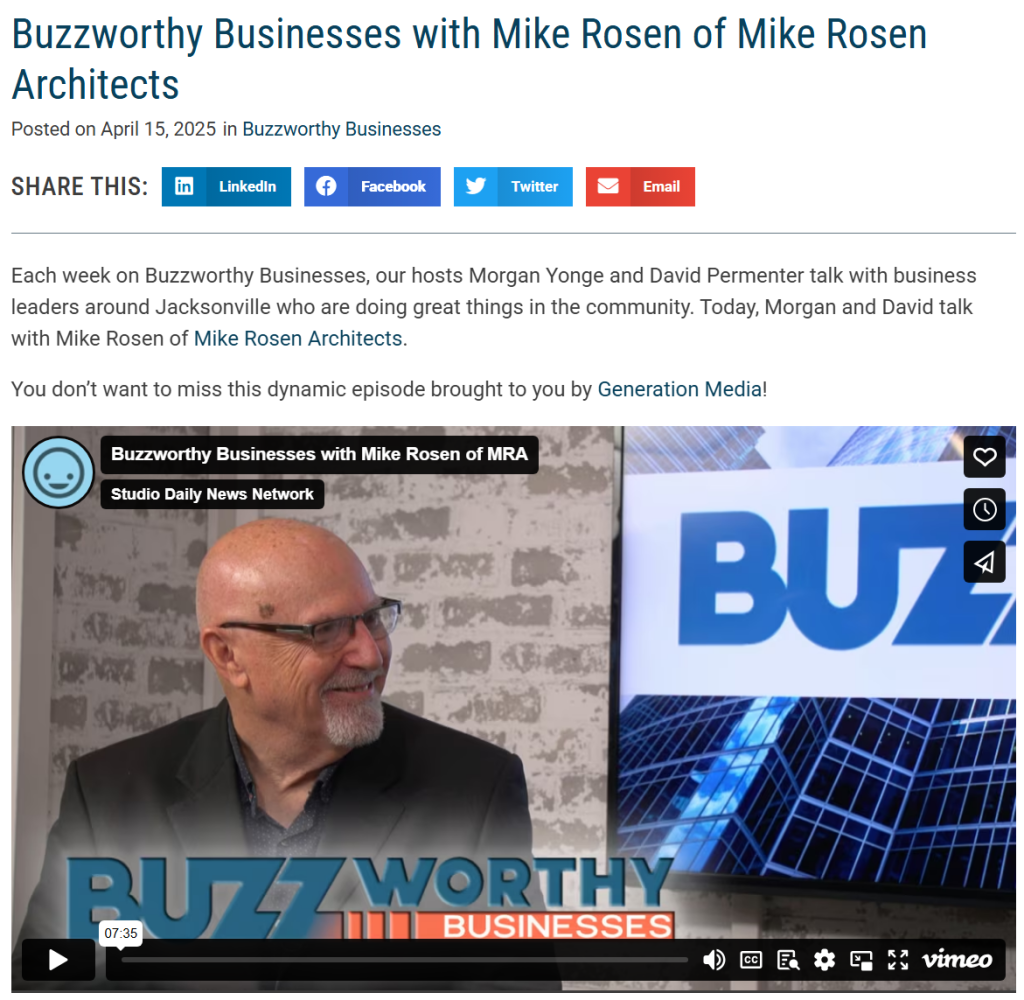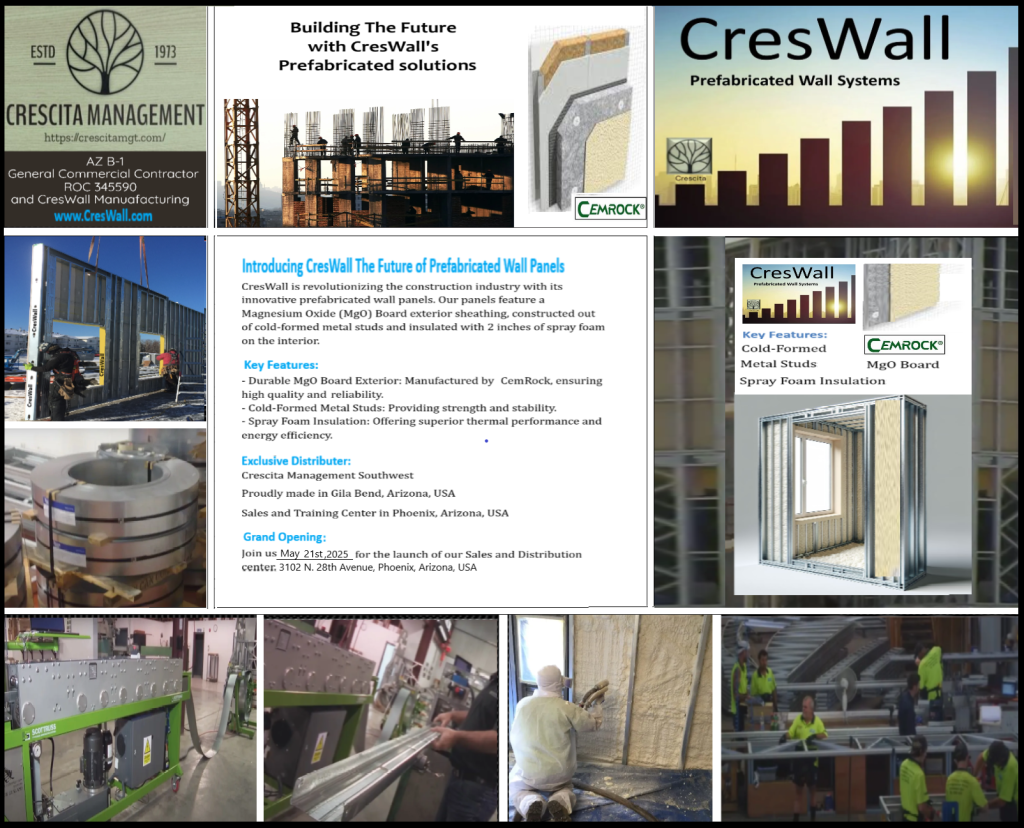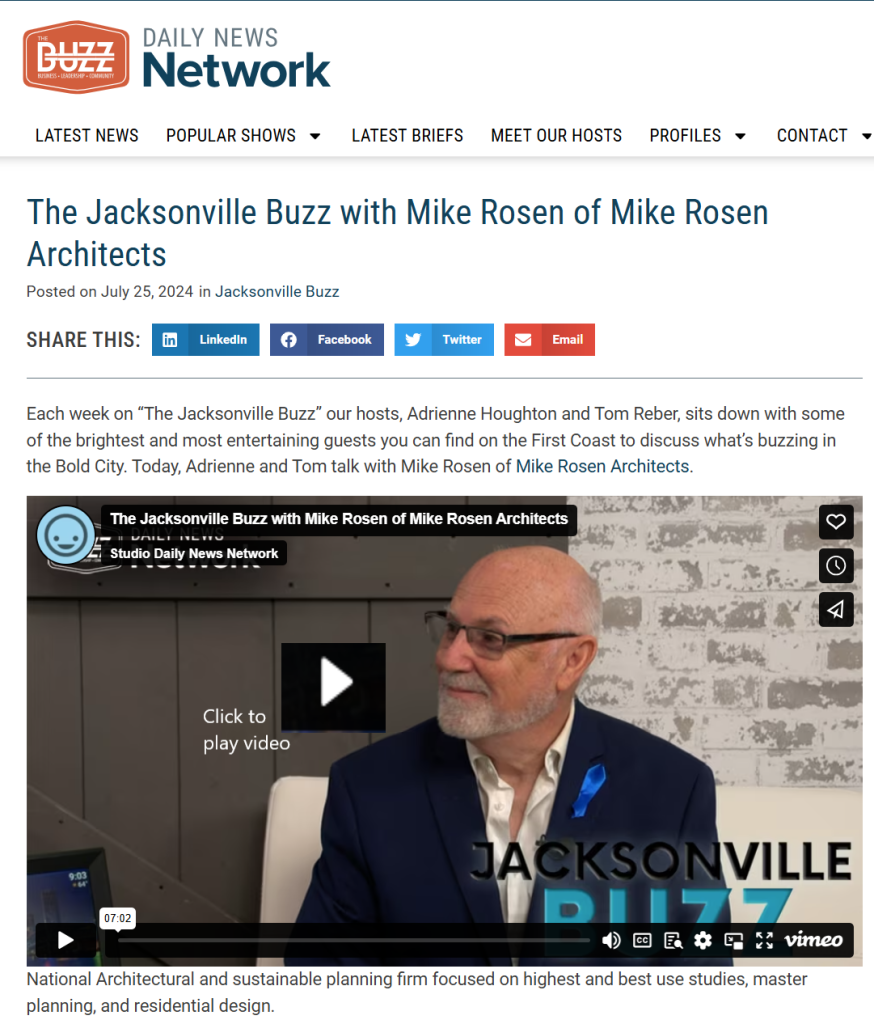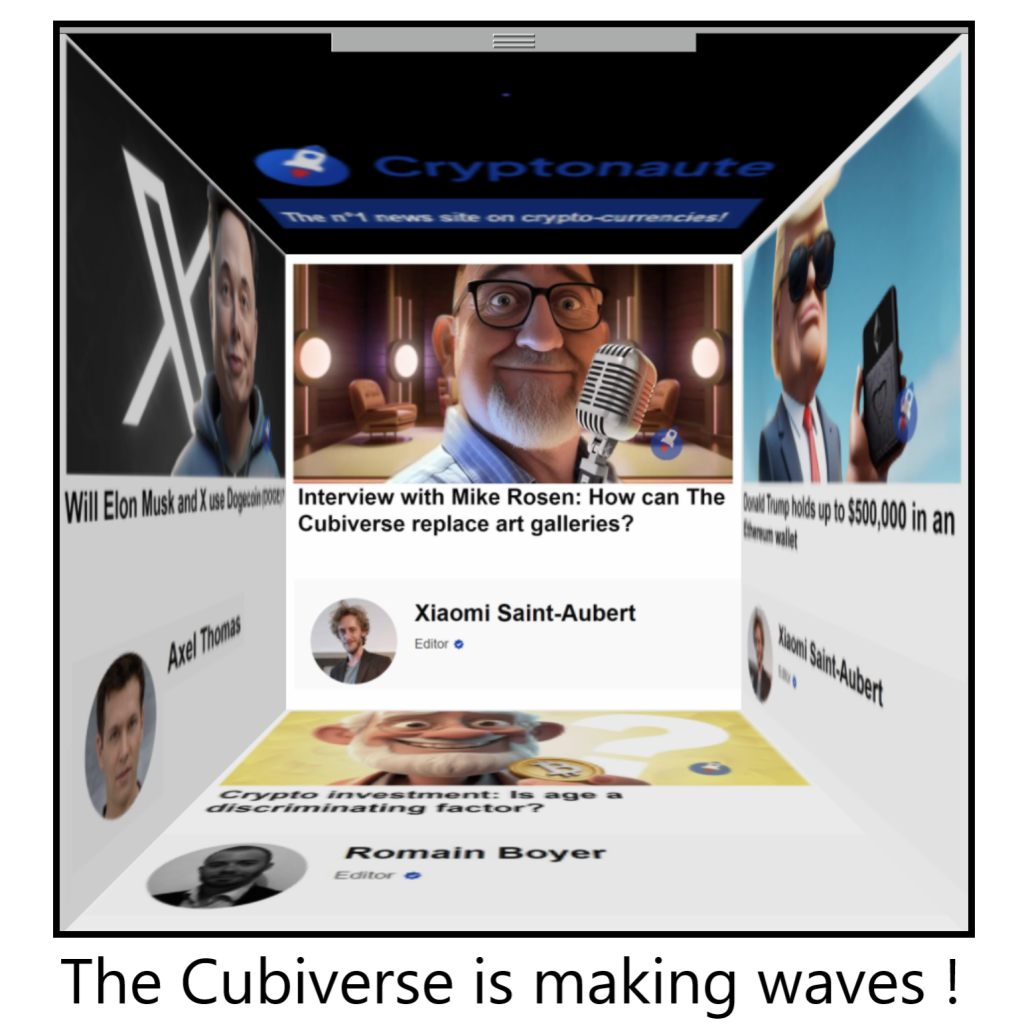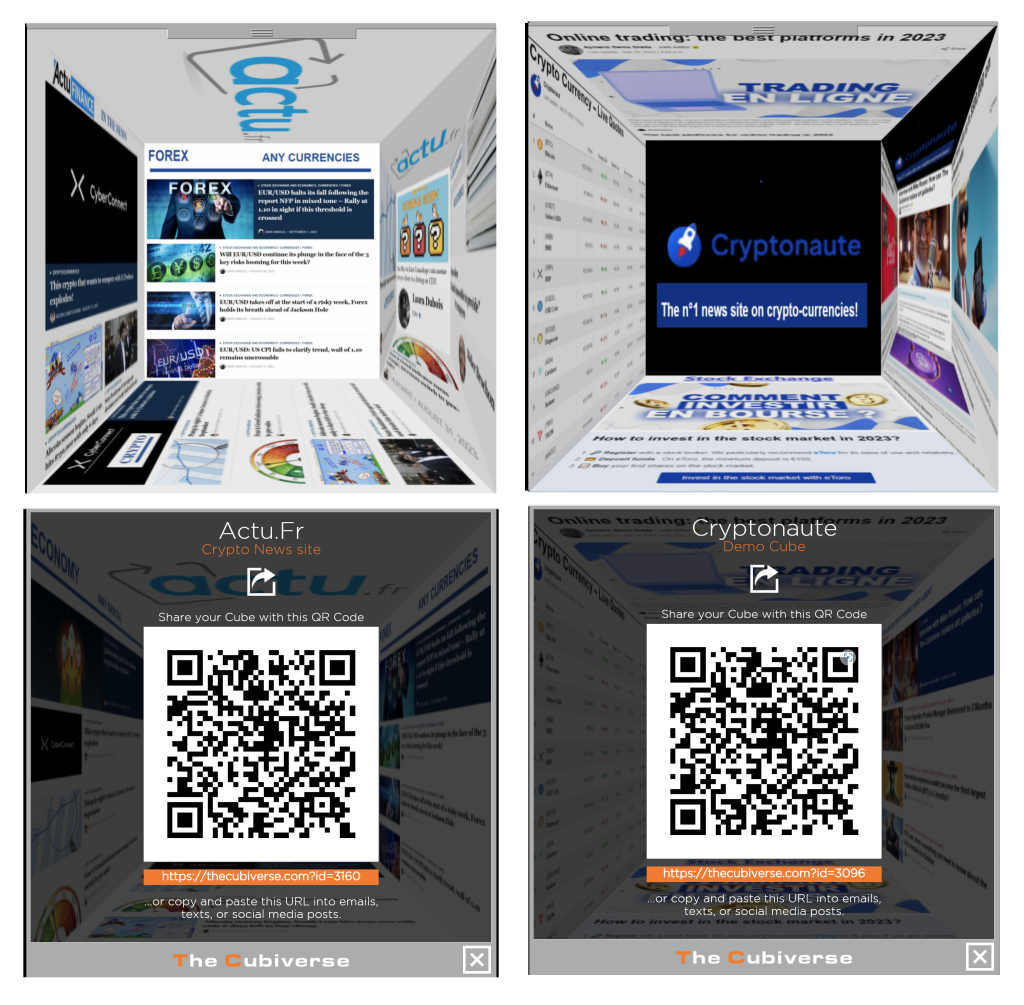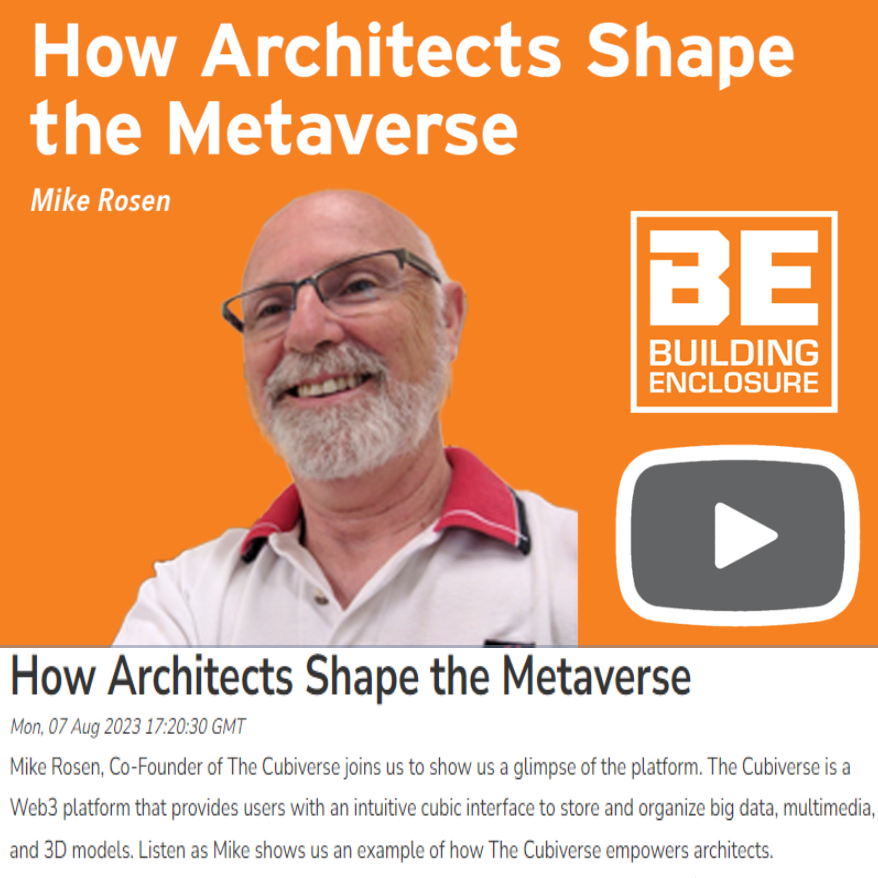
More About CresWall
Happy to announce

“On a Mission” – TV interview with Mike Rosen
MRA Ai-Studio
As of April 2025, MRAi -is providing consulting services for Ai- integration
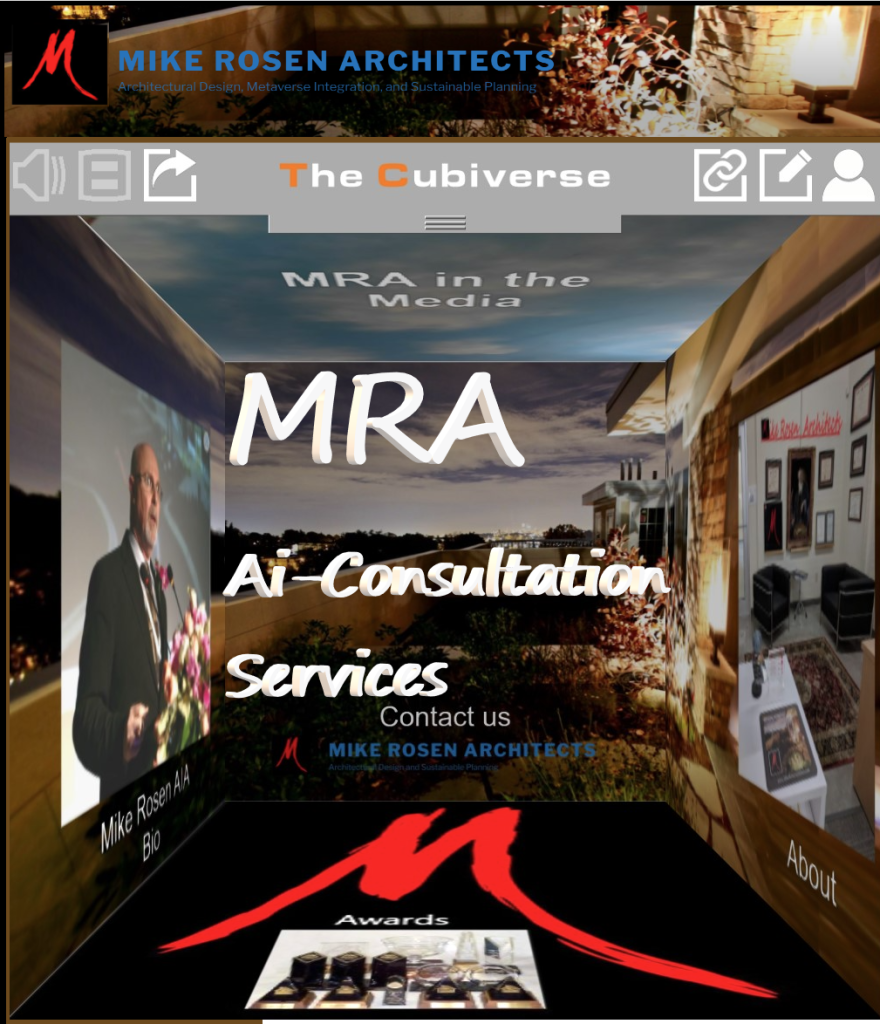
After integrating several Ai models and training several Ai- AGENTS to automate MRA processes developed over 40 years of being a systems thinker, Mike Rosen is proud to announce that he is offering Ai consulting services to help MRA clients and partners to supercharge their work flows using Ai.
Please check back here for additional updates as they become available.

The first stand-alone product that the MRA -Ai Studio created was a Presentation Board Template named Ai-Board

The process of creating the board via a series of text messages in a few hours instead of days, has been captured as part of the Agent training workflow:
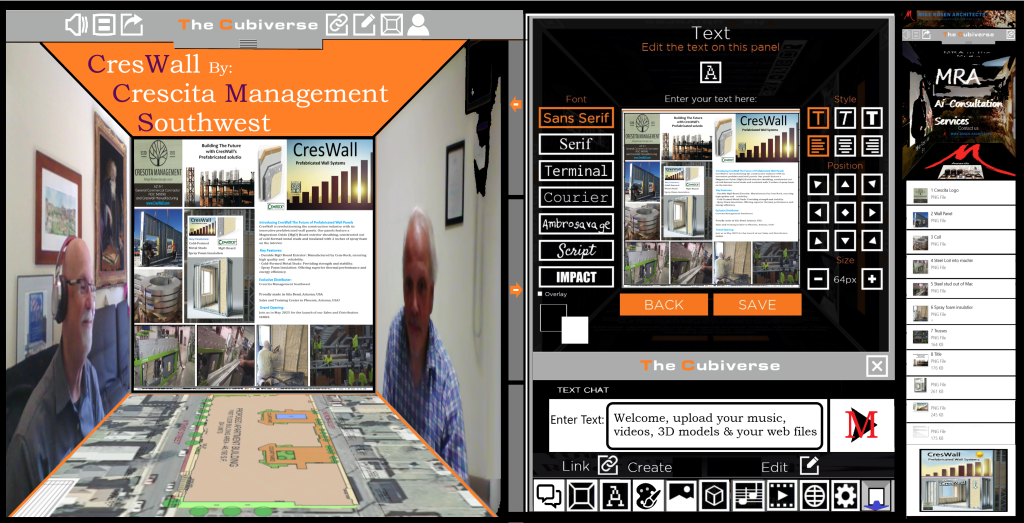
The MRA Ai-Studio APP1 integrated into the CubiVerse with a custom CubicDashBoard Interface
Contact us today to learn how MRA Ai-Studio can streamline your workflow and enhance your project presentations.
Warm Welcome in Florida
The Avatar the reporter created for the article is awesome.
Art in TheCubiverse
PR Cube
TheCubiverse and the future of the Metaverse.
By Mike Rosen AIA

At its core, the metaverse is a collective digital space maintained by an intricate network of computers. Accessible through devices ranging from computers to VR headsets, this immersive realm allows users to traverse digital landscapes in entirely new ways. Conversations become multi-dimensional dialogues, games turn into interactive narratives, and concerts metamorphose into shared experiences across physical boundaries. In its simplest form, the Metaverse is the next-generation 3D internet.
TheCubiverse emerges as a pioneering platform, not only ushering us into the metaverse but equipping us to craft and distribute 3D models, videos, and digital assets in novel formats. While it hasn’t yet achieved full immersion, TheCubiverse empowers the creation of interactive learning modules, delivers computational muscle, and erects virtual spaces for exhibitions, retail, and trade shows.
This synergy between the metaverse and TheCubiverse augments their combined potential. The metaverse serves as the arena for seamless interaction and digital experiences, while TheCubiverse offers a platform for content creation and distribution. These dual thrust transforms collaboration and connectivity, opening vistas for cross-domain innovation.
Under the hood, TheCubiverse’s prowess is particularly evident in its capacity to interact with virtual counterparts of real-world entities and systems. These digital twins simulate the real-world, spotlight potential glitches, and offer avenues for refinement. Imagine engineering a digital twin of a building, subjecting it to various loads to gauge structural integrity—TheCubiverse will empower such analysis and experimentation.
One of TheCubiverse’s intriguing feats is the introduction of QBicodes, a novel linkage between the tangible and virtual realms. Scanning a QBicode in the physical world transports you to a corresponding digital experience within TheCubiverse. A museum, for instance, can affix QBicodes, providing visitors with augmented tours and immersive insights into artworks.
The Cubiverse takes commerce into the metaverse with its virtual CubeStores. These virtual retail arenas enable cross-retailer shopping, where users can explore products, compare prices, and make purchases with a secure always there wallet—all within an immersive digital environment.
The Cubiverse catalyzes a seismic shift in our interaction with the metaverse. Its technology democratizes complex digital content, rendering it cost-effective and accessible to a wider audience and transforming education, arts, trade, and entertainment.
What Lies Ahead for TheCubiverse?
While still in its infancy, TheCubiverse teems with the potential to redefine how we interact with our digital world. Envision a collaborative virtual workspace in which remote teams immerse themselves, coalesce during meetings, and even deliver presentations in an entirely virtual setting.
Education stands to gain from this metamorphosis. The metaverse can revolutionize learning with immersive historical tours, hands-on experiments, and global student collaborations, all orchestrated through platforms like TheCubiverse.
Entertainment in the metaverse spawns novel avenues, from gaming to digital concerts, reinventing how we unwind and connect with peers and loved ones.
As technology continues to propel us forward, the metaverse unfolds its horizons, with TheCubiverse as an avant-garde herald. The fusion of these two forces promises a future where the metaverse is no longer a concept but a tangible, immersive reality easily accessible to all.


